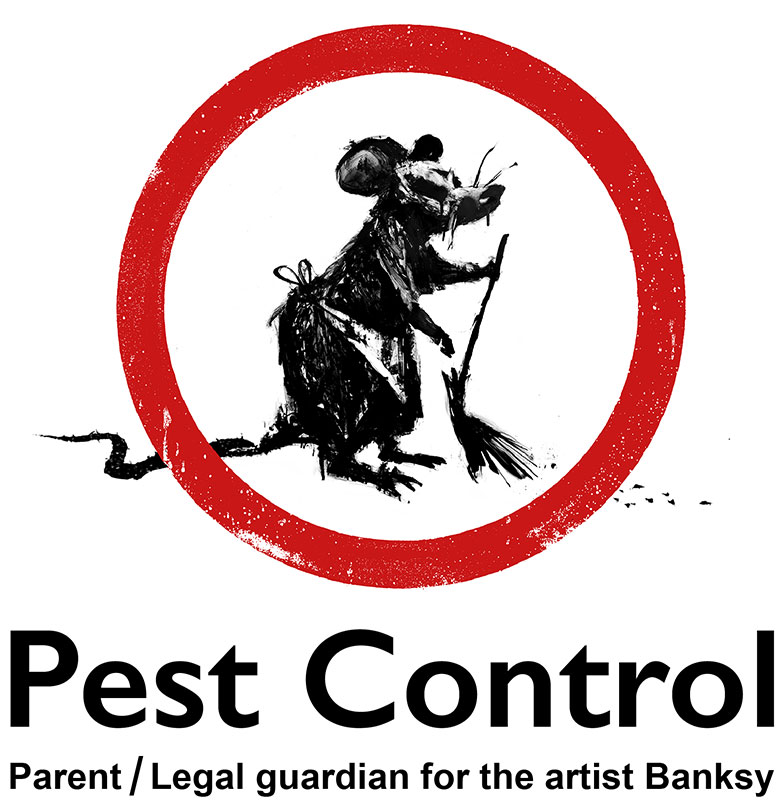A1 Pest Control Portland Bed Bugs - Specialist Elimination Solutions
Wiki Article
Understanding the Art of Parasite Control: Proven Strategies for Long-Term Prevention and Obliteration
Parasite invasions can be a consistent challenge for house owners and organizations alike, calling for a calculated technique to effectively take care of and get rid of these undesirable trespassers. By grasping the art of bug control with tested approaches for lasting prevention and removal, one can develop an aggressive defense versus potential hazards. Recognizing the habits of pests, carrying out incorporated insect management strategies, and utilizing natural remedies are just a couple of vital parts essential to achieving long lasting success in this endeavor. However, the intricacies of maintaining tidiness, carrying out regular evaluations, and attentive surveillance play similarly important functions in maintaining a pest-free environment. As the battle against bugs continues to advance, taking on a comprehensive method becomes extremely important in securing your home from potential injury.Understanding Parasite Behavior
To successfully execute bug control approaches, it is vital to comprehend the intricate habits exhibited by numerous insects in various settings. Understanding parasite habits is a basic element of developing reliable bug management plans. Each pest species has unique behaviors and choices that influence their feeding, activity, and breeding patterns. By researching these habits, insect control experts can recognize the most susceptible points in the insect's life cycle to target interventions more effectively.
Knowing this, insect control experts can concentrate on sealing entry points and getting rid of food attractants to deter these pests. By attending to wetness concerns and securing gaps and cracks, infestations can be considerably decreased.
Carrying Out Integrated Insect Management
Implementing Integrated Pest Monitoring entails using an all natural method to deal with bug concerns by incorporating numerous control strategies and methods. This approach stresses prevention, surveillance, and control of bugs via a combination of biological, social, physical, and chemical interventions. By integrating several strategies, Integrated Pest Administration (IPM) aims to minimize making use of pesticides while effectively managing pest populations.Prevention is additionally an essential concept of IPM, focusing on eliminating variables that attract parasites, such as water, sanctuary, and food. Routine tracking and assessment are necessary to discover parasite problems early and avoid them from rising.
Additionally, IPM advertises using eco-friendly and lasting bug control techniques to decrease injury to non-target microorganisms and the bordering environment - portland exterminators a1 for bed bugs. By taking on an Integrated Bug Monitoring technique, organizations and people can efficiently manage pests while reducing dependence on chemical pesticides
Using All-natural Solutions
Building upon the foundation of Integrated Bug Monitoring, a shift in the direction of making use of all-natural remedies provides an environmentally friendly approach to pest control. All-natural treatments harness the power of nature to hinder and remove pest control address bugs without making use of extreme chemicals that can damage the atmosphere, people, and beneficial organisms.
Furthermore, planting pest-repelling plants like marigolds, lavender, and mint around gardens and homes can aid deter pests normally. These plants produce smells that bugs locate undesirable, driving them away without the need for chemical treatment.
Maintaining Cleanliness and Hygiene

Routinely checking and cleansing hard-to-reach areas such as behind appliances, under sinks, and in storage space closets is vital for recognizing and removing prospective insect habitats. Clutter needs to be reduced as bugs frequently seek refuge in piles of things or particles. Executing a routine cleansing routine and making sure all participants of the family or staff members are enlightened on appropriate health techniques can go a lengthy way in bug avoidance. By preserving sanitation and hygiene standards, the atmosphere becomes less hospitable to insects, inevitably sustaining lasting insect control efforts.
Normal Inspections and Surveillance
Regular assessments and checking play a critical function in proactively identifying and attending to prospective pest issues before they intensify. By conducting regular examinations of both the inside and outside of a residential or commercial property, bug control specialists can detect early signs of invasions, insect entry points, and problems for pest activity. Surveillance includes the use of catches, lures, and various other devices to track insect task degrees and varieties existing on the premises. This data is invaluable for determining the most efficient treatment approaches and evaluating the success of insect control techniques gradually.Regular tracking enables the very early discovery of pest troubles, making it possible for speedy intervention to stop prevalent problems that can be expensive and difficult to eradicate. In addition, normal assessments and keeping track of aid to follow regulative requirements and keep a risk-free, pest-free atmosphere for residents. Carrying out i pest control an aggressive method via routine inspections and tracking is a cornerstone of effective bug monitoring, providing peace of mind and long-lasting security versus parasite risks.
Final Thought
Finally, understanding the art of parasite control involves understanding pest behavior, applying incorporated insect monitoring, making use of all-natural solutions, keeping sanitation and health, and performing normal examinations and surveillance. By adhering to these proven techniques for long-term prevention and eradication, individuals can effectively manage parasite infestations and create a healthier and safer environment for themselves and their environments.To properly apply bug control methods, it is necessary to understand the complex habits exhibited by numerous pests in various settings (a1 pest control portland bed bugs). By studying these habits, insect control specialists can recognize the most at risk points in the pest's life cycle to target treatments much more effectively
Applying Integrated Bug Management entails using a holistic strategy to deal with pest problems by combining numerous control strategies and approaches. By preserving cleanliness and health standards, the setting ends up being much less welcoming to pests, eventually sustaining long-lasting pest control efforts.
By performing routine evaluations of both the inside and exterior of a building, insect control specialists can discover early indicators of infestations, bug access points, and conditions favorable to parasite activity.
Report this wiki page